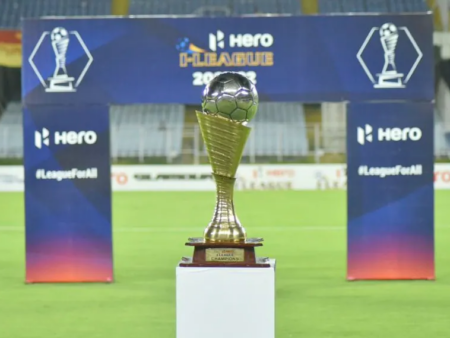Cricket is a game that transcends boundaries and brings people together, regardless of age, gender or religion. In India, cricket is much more than just a sport; it’s a way of life. So why exactly is cricket so popular in India?
Why is cricket so popular in India?
Table of Contents
- 1 Introduction
- 2 History of Cricket in India
- 3 Reasons why Cricket is so popular in India
- 4 Impact of the World Cup Trophies
- 5 Famous Cricketers
- 6 School and College Cricket
- 7 Gender Equality and Women’s Cricket
- 8 Conclusion
- 9 Frequently Asked Questions
- 9.1 What factors contribute to the immense popularity of cricket in India?
- 9.2 How has cricket become an integral part of Indian culture and society?
- 9.3 What are some key historical moments or events that have shaped the popularity of cricket in India?
- 9.4 How does the Indian Premier League (IPL) contribute to the popularity of cricket in the country?
- 9.5 Are there any regional variations in the popularity of cricket within different states of India?
Introduction
Cricket holds a significant place in Indian culture, spanning centuries. It serves as a unifying game that transcends boundaries, bringing people together irrespective of age, gender, or religion. In India, cricket surpasses being a mere sport; it has become an integral part of the way of life. This article delves into the reasons behind the immense popularity of cricket in India, encompassing its deep-rooted historical significance to the emergence of the Indian Premier League (IPL).
History of Cricket in India
Cricket has been an integral part of India’s sporting history for centuries, although its official recognition as a sport came only in the late 19th century. The British introduced cricket to India during this period, with the earliest recorded match held in 1792 in Calcutta. From that point on, cricket rapidly gained popularity and spread across the nation.
As the 20th century dawned, numerous teams emerged, and regular tournaments became a common occurrence throughout India. These competitions often featured Indian teams facing off against British counterparts, further fueling the game’s appeal.
In 1932, the Board of Control for Cricket in India (BCCI) was established, and in 1937, the Indian government officially recognized cricket as a sport. Since then, cricket has been designated as India’s national sport and continues to enjoy immense popularity across the country.
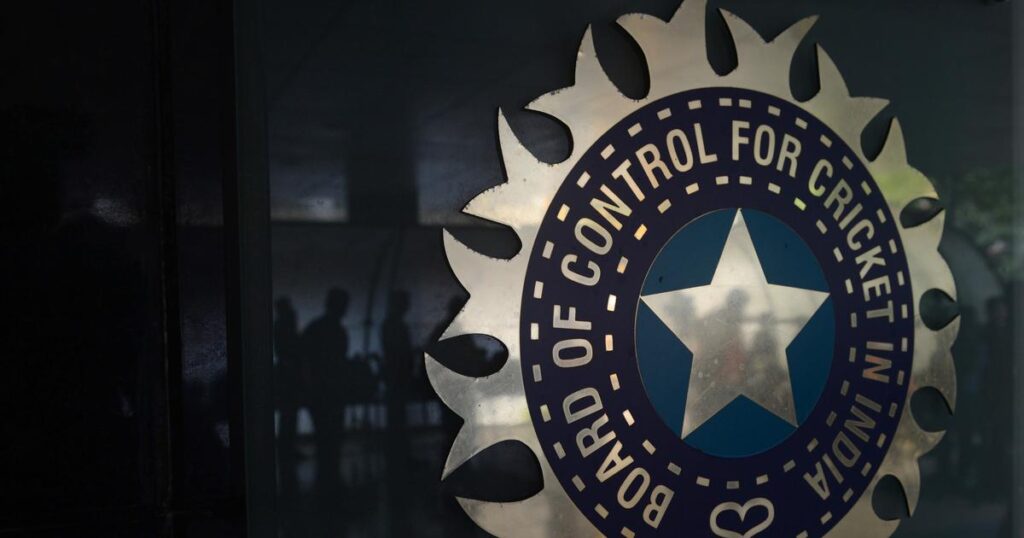
Reasons why Cricket is so popular in India
1. India’s Colonial History
One of the main reasons why cricket is so popular in India is its connection to the country’s colonial history. As mentioned previously, cricket was first introduced to India by the British and has since become deeply engrained into Indian culture. This has undoubtedly played a large role in making the game so popular among Indians, as they have grown up with cricket being a part of their lives.
2. National Identity
Cricket has also become a symbol of national identity for Indians and serves as a source of pride and unity. The success of the Indian cricket team in international tournaments is often celebrated by millions across the country, boosting morale and creating a sense of collective solidarity amongst fans.
3. Boost in Media Coverage
The surge in media coverage of cricket over the past few decades has undoubtedly contributed to its increasing popularity in India. Cricket matches have become events that millions of people watch around the world, either live or on television. This widespread media coverage has made cricket an even more attractive option for sports lovers in India, as it gives them the opportunity to watch some of their favourite players in action.
4. Development of the Indian Premier League (IPL)
The introduction of the IPL in 2008 has also been a major factor in increasing cricket’s popularity in India. The IPL is an annual tournament that features eight teams, each owned by prominent businessmen and celebrities. This league has not only provided a platform for Indian players to showcase their skills but has also enabled cricket fans in India to watch some of the best international players in action. The IPL has become an integral part of Indian culture and is now one of the most-watched sports leagues in the world.
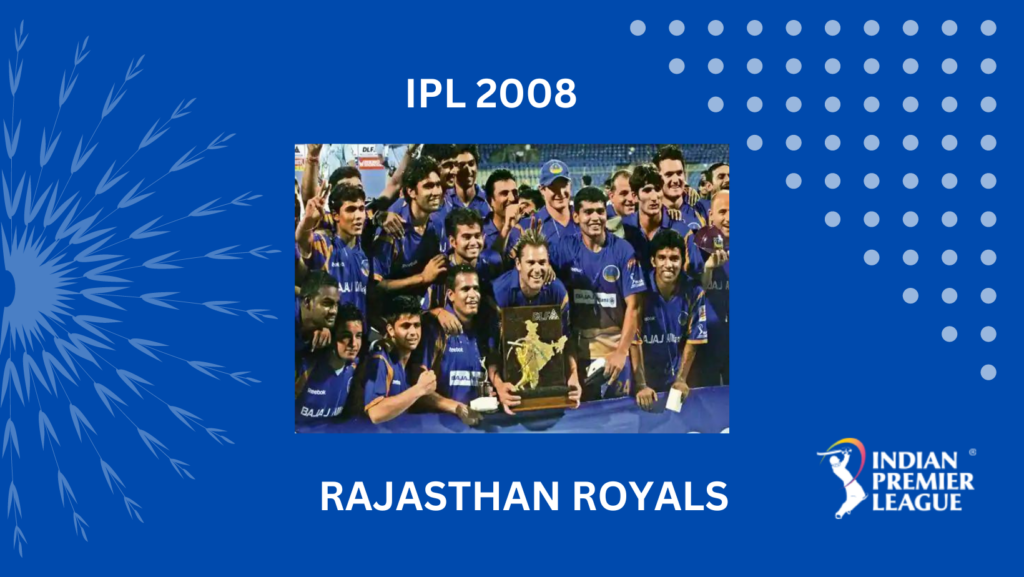
5. Growing Economy Impact
Finally, the growth of India’s economy has also helped to fuel the popularity of cricket in the country. With more disposable income available, people are increasingly turning to cricket as a form of entertainment and are willing to invest money into attending matches or buying merchandise related to their favourite teams or players. This has provided a huge boost for the sport in India, making it an even more attractive option for sports lovers.
Impact of the World Cup Trophies
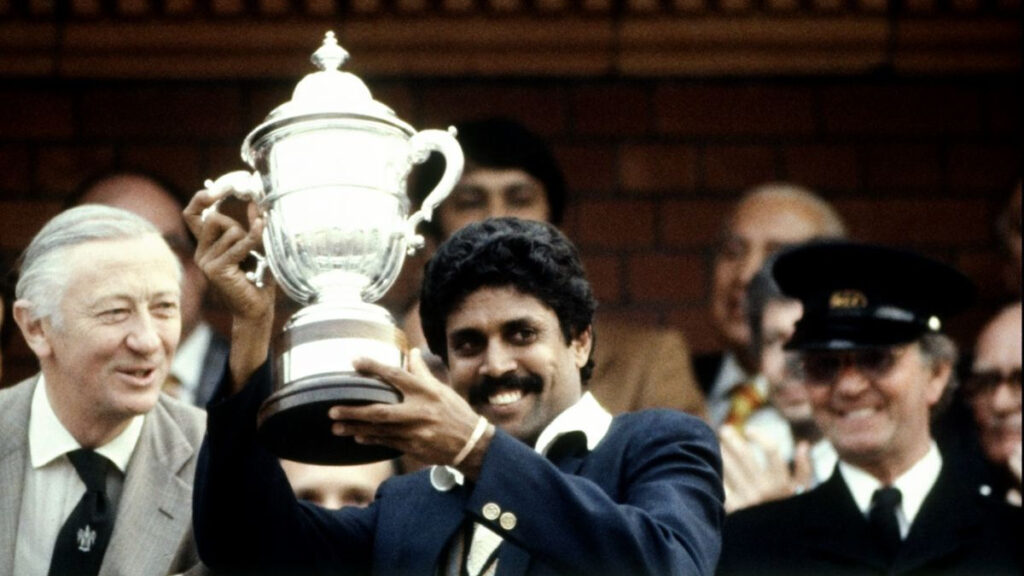
1983 World Cup Victory
In a remarkable feat, India’s youthful and spirited team embarked on an extraordinary journey that culminated in an unforgettable triumph. The pivotal moment arose during the group stage when they confronted the mighty West Indies, the reigning champions known for their formidable dominance. This match, described as a David versus Goliath encounter, witnessed India, under the audacious leadership of Kapil Dev, delivering a breathtaking upset by defeating the seemingly invincible Caribbean side with an inspiring innings of 175.
Following their victory against the West Indies, India surged into the knockout stages, where they continued their relentless pursuit of glory. The team showcased exceptional resilience, skill, and camaraderie, propelling them to triumphs over England and Zimbabwe, thus securing their place in the final against the West Indies.
The grand final, held at Lord’s, cricket’s hallowed ground, marked a seismic shift in cricketing power dynamics. India batted first, facing a formidable West Indian bowling attack, but managed to post a respectable total of 183 runs. In response to this modest target, the Indian bowlers rose to the occasion, led by Mohinder Amarnath’s outstanding all-round performance, skillfully stifling the West Indian batsmen and sealing their fate.
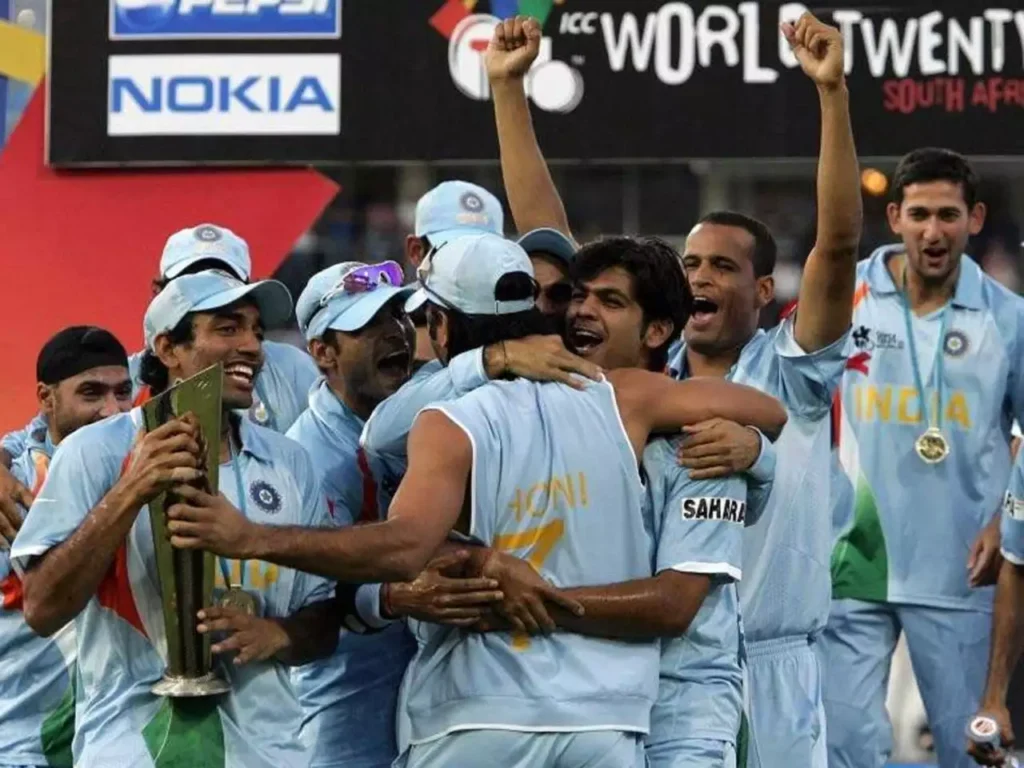
2007 World Cup Victory
Following a disappointing campaign in the previous edition, the Indian cricket team, led by the composed Mahendra Singh Dhoni, emerged once again as a formidable force, securing the coveted trophy in a tournament filled with unexpected twists and turns.
India’s journey to glory in the Caribbean showcased their remarkable transformation and unwavering determination. Despite encountering a few initial hiccups, the team exhibited exceptional skill and resilience, securing victories against formidable opponents and advancing to the knockout stages. Both seasoned veterans and emerging talents made outstanding contributions to the team’s performances.
The quarterfinal encounter against arch-rivals Pakistan will forever be etched in cricketing folklore. In a high-pressure match, the Indian batsmen displayed a masterclass, particularly led by a scintillating century from the young and dynamic Gautam Gambhir. With an all-around team effort, India emerged victorious, sparking an outpouring of national pride and setting the stage for a potential triumph.
In the final against Sri Lanka, held at the Kensington Oval in Barbados, India faced a daunting target of 275 runs. Despite early setbacks, a mesmerizing innings from Gautam Gambhir and a match-winning knock by the ever-reliable M.S. Dhoni turned the tide in India’s favor. Their calculated partnership unleashed a tidal wave of joy as India clinched the title with consummate ease, finishing the match with eight balls to spare.
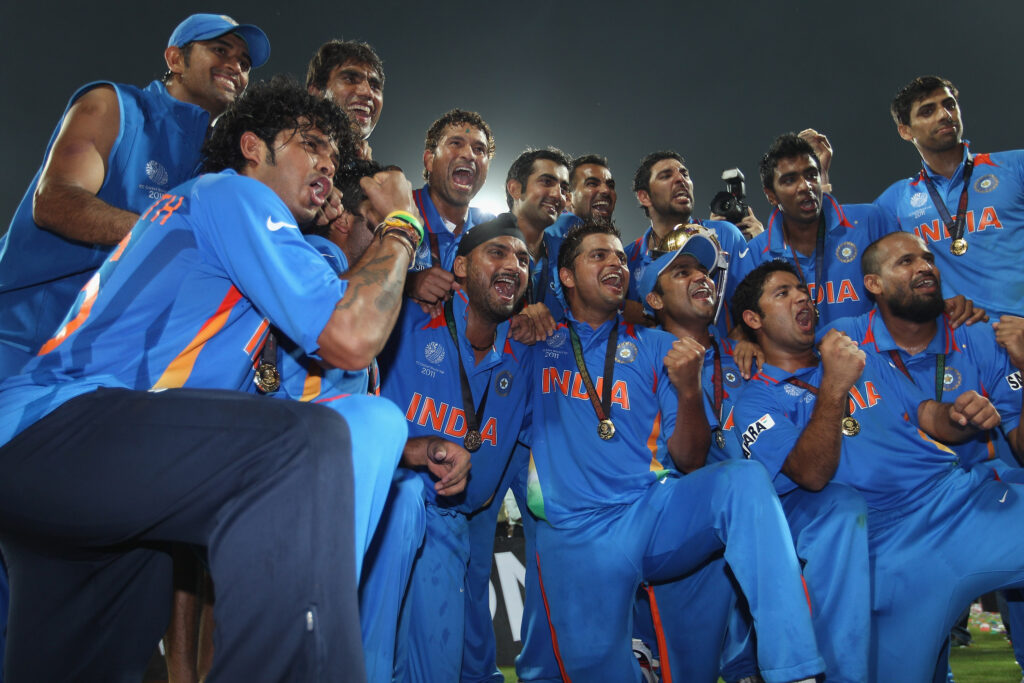
2011 World Cup Victory
Led by the charismatic Mahendra Singh Dhoni, India lifted the coveted trophy on home soil, scripting a tale of glory that united a nation and marked a defining moment in cricketing history.
From the very beginning of the tournament, India displayed their intent to dominate. The team exhibited a perfect blend of experience and youth, with stalwarts like Sachin Tendulkar and Virender Sehwag leading the charge, complemented by the exuberance of the young Virat Kohli. Match after match, India showcased their prowess, delivering scintillating performances that left fans in awe.
The quarterfinal clash against Australia, the dominant force in previous World Cups, became an iconic encounter. India displayed nerves of steel, chasing down a challenging total to emerge victorious and break Australia’s stranglehold on the tournament. This resounding victory not only propelled India into the semifinals but also instilled a renewed belief in their championship aspirations.
The semifinal clash against Pakistan held immense significance, given the historic rivalry between the two nations. In a match filled with intense emotions and fervor, India rose to the occasion, delivering a masterclass in batting, bowling, and fielding. The team’s collective brilliance ensured a place in the final, igniting unprecedented euphoria across the country.
The grand finale, played at the iconic Wankhede Stadium in Mumbai, was a spectacle like no other. The Indian team faced Sri Lanka, a formidable opponent that had reached the final with their own impressive performances. Chasing a challenging target, the Indian innings hinged on a mesmerizing century from Gautam Gambhir and a match-winning knock by the captain himself, Mahendra Singh Dhoni. With a towering six, Dhoni sealed the victory, sparking scenes of unbridled joy and marking India’s second World Cup triumph.
Famous Cricketers
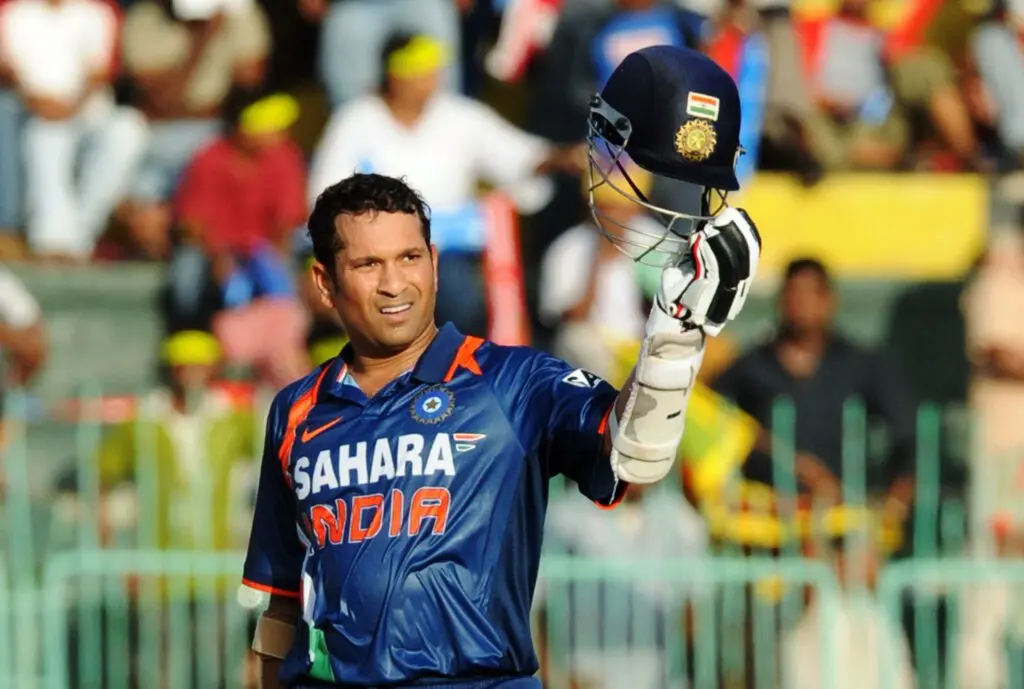
Sachin Tendulkar, often hailed as the “God of Cricket,” stands tall as one of the most revered figures in Indian cricket history. His extraordinary batting prowess and records galore made him a national hero. Tendulkar’s long and illustrious career spanned over two decades, during which he amassed countless runs and shattered numerous records, captivating fans with his elegant strokeplay and unwavering dedication to the sport. His iconic status and humble demeanor made him a role model for generations of aspiring cricketers, fueling the passion for cricket in every nook and corner of the nation.
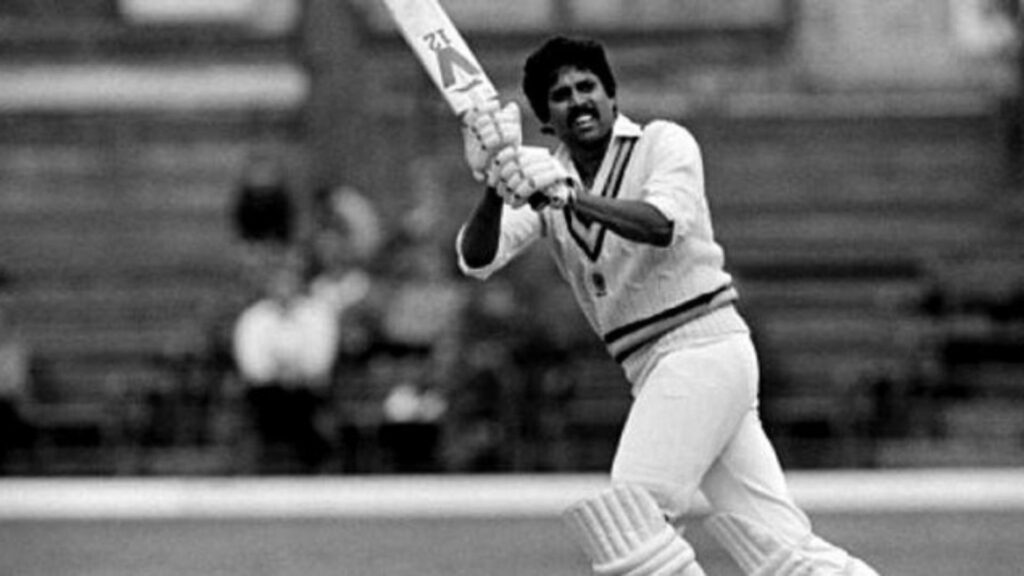
Another legend, Kapil Dev, played a pivotal role in shaping Indian cricket’s destiny. As the captain of the Indian team that won the 1983 World Cup, he became an inspiration for a generation and ignited a cricketing revolution in the country. Kapil Dev’s charismatic leadership and all-round abilities showcased the potential of Indian cricket on the global stage, instilling a sense of belief and pride in the nation. His triumph at the World Cup marked a turning point in Indian cricket’s popularity, laying the foundation for the sport’s rise to unmatched prominence in the years that followed.
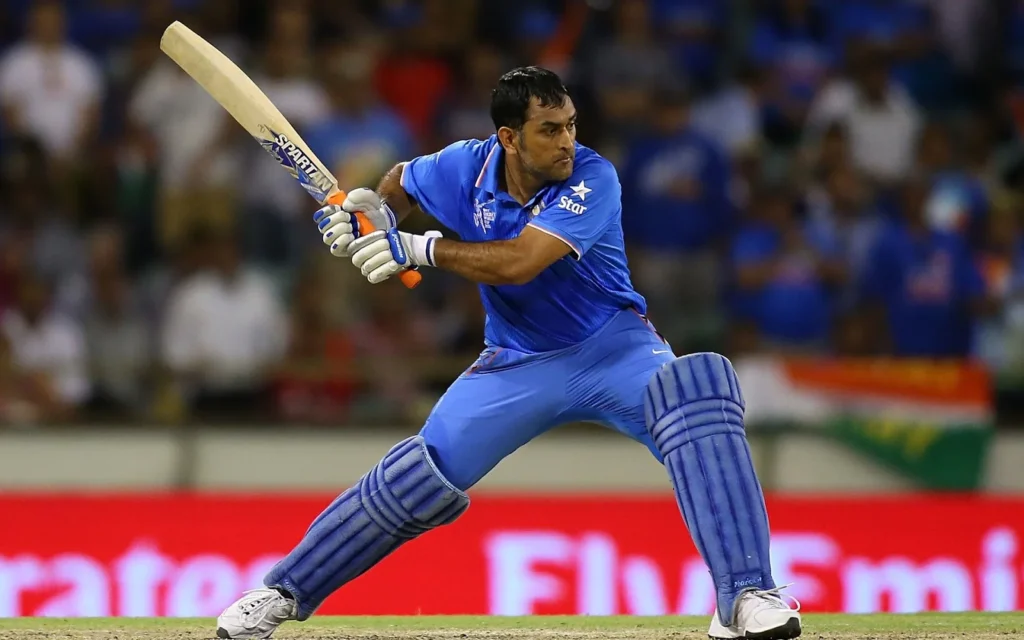
Mahendra Singh Dhoni, known for his calm demeanor and astute captaincy, emerged as a symbol of modern-day cricketing excellence. Under his leadership, India achieved remarkable milestones, including winning the 2007 World Twenty20 and the 2011 World Cup. Dhoni’s penchant for finishing matches in style and his ability to handle pressure situations endeared him to fans across the country. His success and popularity bridged regional and linguistic divides, unifying a diverse nation behind the love for cricket.
School and College Cricket
Cricket has also enjoyed immense popularity in school and college curriculums, allowing the game to reach a much wider audience. The introduction of inter-school tournaments at both regional and national levels provided students with a platform to showcase their talent and perform at higher levels. These competitions not only made cricket accessible to people from all economic backgrounds but also laid the foundation for future stars by providing exposure to world-class facilities and high-quality coaching.
At the college level, cricket is a much sought-after sport, with universities competing fiercely for the best talent from all over the country. The presence of highly competitive tournaments like the Ranji Trophy and BCCI Corporate Trophy ensures that players are well prepared for international duty. These tournaments also attract huge crowds of enthusiastic fans, further strengthening the popularity of cricket in India.
Gender Equality and Women’s Cricket
Cricket in India has also taken huge strides towards gender equality, with women’s cricket emerging as one of the fastest-growing sports in recent years. The Indian team has made great strides on the global stage, becoming a force to reckon with in international tournaments like the Women’s World Cup and the Asian Games. This success story has inspired more and more girls to take up the sport, leading to the emergence of many talented young cricketers across the country.
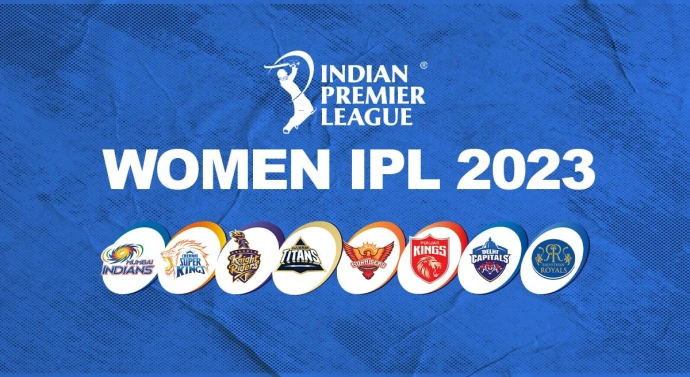
The launch of the Women’s IPL in 2018 was a landmark moment for Indian cricket, providing women with an unprecedented platform to showcase their talent and compete alongside male counterparts. This has had a positive ripple effect on the grassroots level, with schools and academies now offering specialized coaching for women’s cricket and enrolling more and more young girls into the sport.
Conclusion
The extraordinary success of the Indian cricket team and the growing popularity of the sport has galvanized its status as a national obsession. The introduction of modernizing elements like Twenty20 leagues and gender-inclusive initiatives have further strengthened cricket’s presence in India, making it one of the most beloved sports in the country. Through their passion, skill, and performance, cricketers have become superstars of the nation, instilling a sense of pride and joy in every Indian heart.
Frequently Asked Questions
What factors contribute to the immense popularity of cricket in India?
The popularity of cricket in India is largely attributed to the success of the Indian team on the international stage, the emergence of cricketing icons like Sachin Tendulkar, Kapil Dev and MS Dhoni, and the introduction of modernizing elements such as gender-inclusive initiatives and professional T20 leagues.
How has cricket become an integral part of Indian culture and society?
Cricket has become an integral part of Indian culture and society by transcending barriers of region and language to unite the entire nation. It has also inspired young people to take up the sport, bridging divides between social strata and promoting gender equality in the process.
What are some key historical moments or events that have shaped the popularity of cricket in India?
Some key historical moments or events that have shaped the popularity of cricket in India include Sachin Tendulkar’s breakout performance at the 1996 World Cup, Kapil Dev’s leadership during India’s 1983 World Cup victory and Mahendra Singh Dhoni’s success as captain of the team that won the 2007 World Twenty20 and 2011 World Cup.
How does the Indian Premier League (IPL) contribute to the popularity of cricket in the country?
The Indian Premier League (IPL) has been a major contributing factor to the popularity of cricket in India. It provides an unprecedented platform for players to showcase their talent and compete alongside professional teams from all over the world. The introduction of the Women’s IPL in 2018 was also a landmark moment for gender equality, inspiring more and more girls to take up the sport.
Are there any regional variations in the popularity of cricket within different states of India?
Yes, there are regional variations in the popularity of cricket within different states of India. In some regions, such as Maharashtra and Karnataka, cricket is more popular than in other states like Bihar and Assam. However, on a national level cricket remains one of the most beloved sports in India.
- ISL Semi-Final Prediction – Mumbai City FC vs. FC Goa, Apr 29 - April 24, 2024
- ISL Semi-Final Prediction – Mohun Bagan Super Giant vs. Odisha FC, Apr 28 - April 24, 2024
- ISL Match Prediction FC Goa vs. Mumbai City FC, Apr 24 - April 22, 2024

